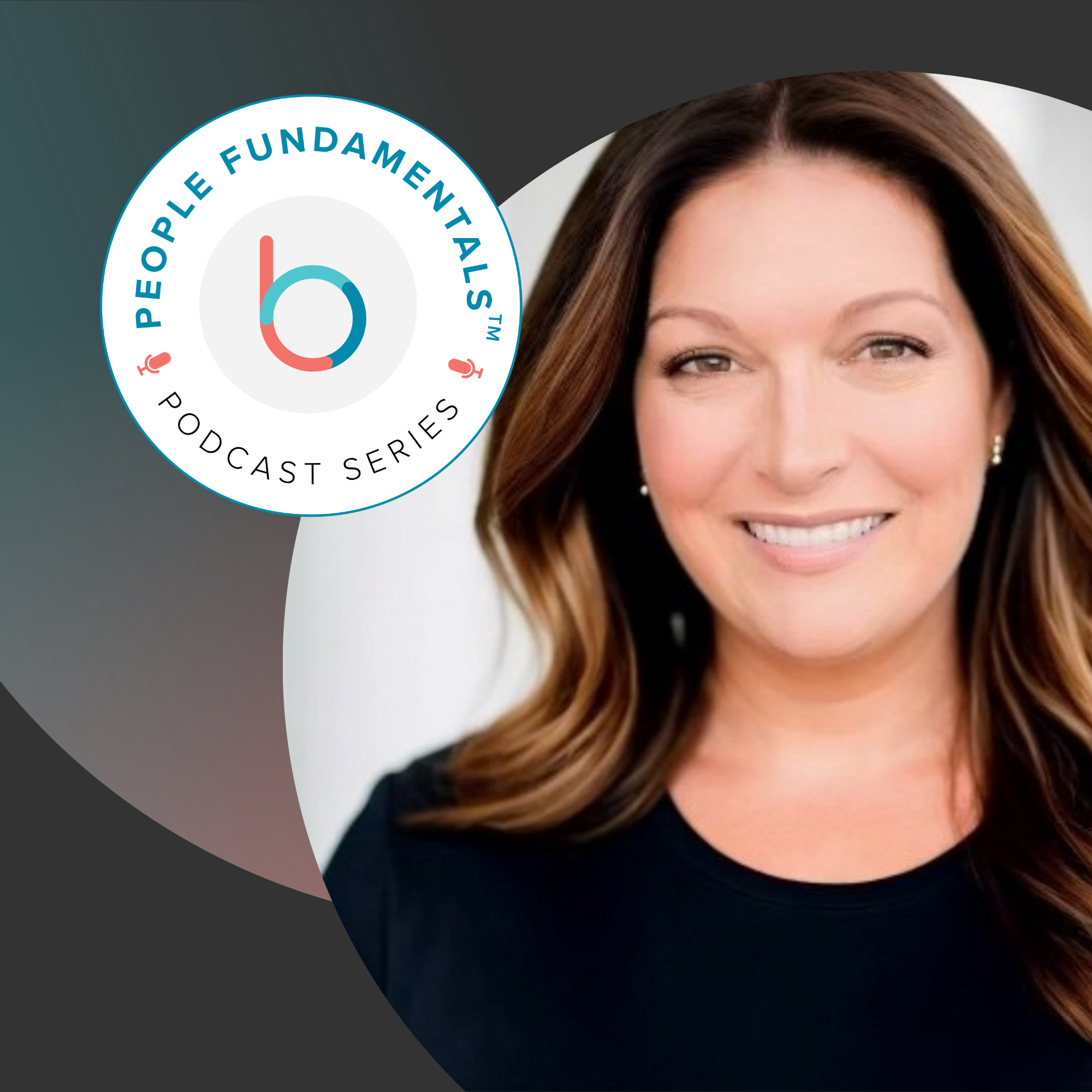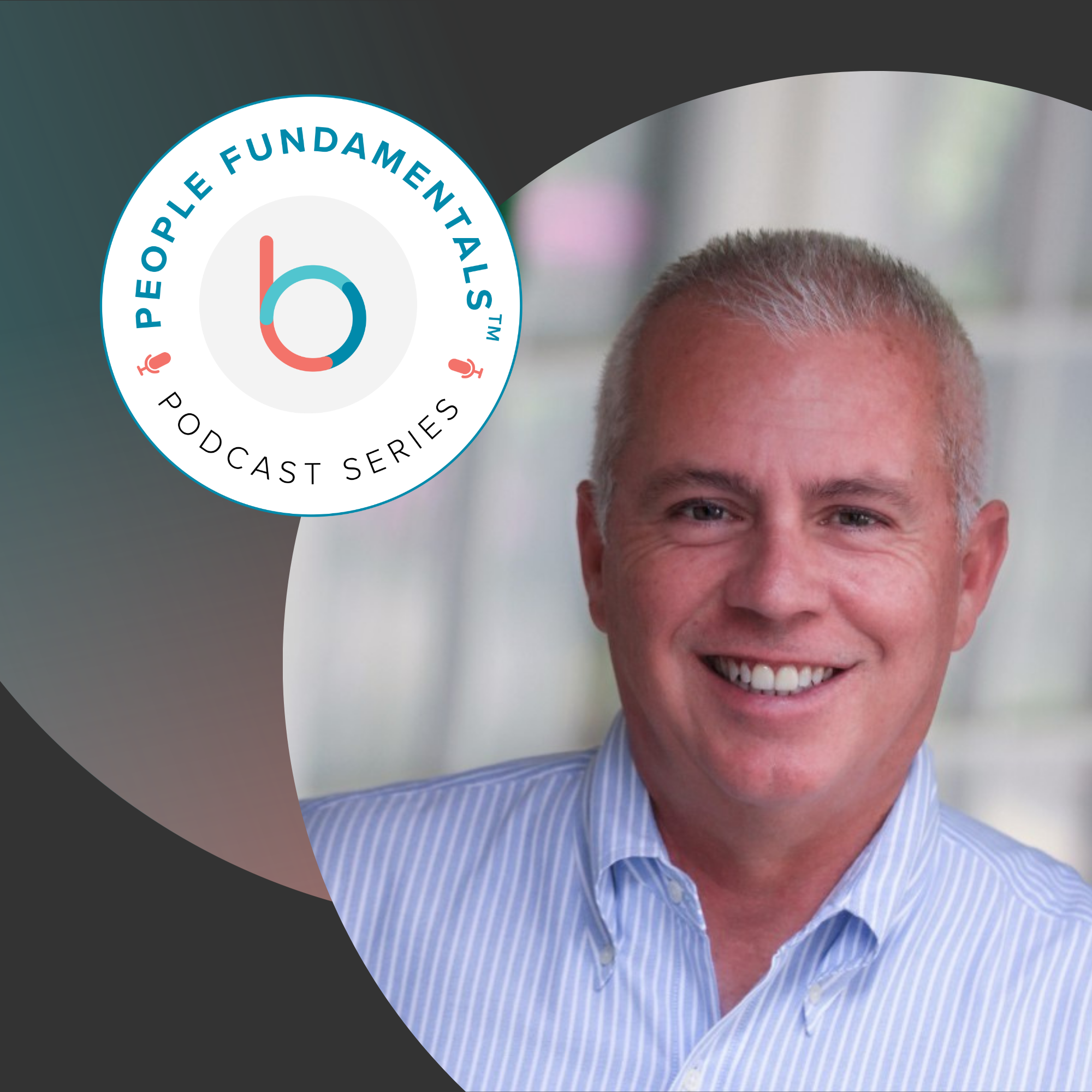The world is so interconnected that global events can emerge from local events in a matter of weeks – the pace of change is FAST. COVID-19 has made that point abundantly clear. Although interconnectedness is generally associated with positive consequences, we’ve seen more negative consequences in the last few months. For example, air transportation advancements have opened up the world to most of the global population for travel, but have also provided the mechanism for the current pandemic to spread across the globe in hours, not months, and outrun efforts to contain it.
As we all saw from February 2020 to April, many organizations that did not adapt, died. To match the current pace of the world, organizations must adapt. Building agility into your management practices is increasingly important. Fortunately, best-practices in this area have been rapidly evolving over the last few years – and we call them OKRs.
How OKRs allow us to rapidly create strategies
A critical component of developing a successful strategy is using the minds of the whole organization, not just the CEO and their executive team. Front-line employees and managers see things that executives could never know, and OKRs are a profound way to capture their thoughts.
As you capture your strategy with OKRs, you can begin with strategic objectives set by executives, and cascade top-down through your organization. Some people call this their “North Star.” Once set, the organization needs to respond to these Strategic Objectives and align their activities to address that North Star. This approach can go down to front-line employees as a way to validate our ability to achieve these Strategic Objectives from the bottom-up.
As we’ve helped establish agile organizations, we have seen enterprises with over 10,000 employees complete top-down/bottom-up cycles within a week. In fact most of our clients develop their entire strategy in a one-week sprint.
Throughout this process in your organization, you’ll see two scenarios; those where the whole organization is aligned, and those where a discrepancy exists between management and employees. Because OKRs make these discrepancies explicit, they can be easily visualized, discussed, and resolved. By doing so, the organization sets strategies that capture the knowledge, capacity, and capabilities of the whole organization.
These strategic agreements are immediately input into Betterworks, where the whole organization can see where they fit into that thorough, rapidly developed strategy, and immediately begin pulling in the exact same direction.
How OKRs align processes and projects to strategy
Once the organization has agreed on its strategy, you can begin to see if and where your currently existing processes fit in. For small tweaks to your strategy, it’s likely that most of your processes and projects are going to continue to be strategically aligned, although, in all likelihood some will become more important and some less important. An example would be a shift from growing market share to developing partnerships – you can imagine what processes became less and more important.
For large strategic overhauls, like those required as we adapt to the changing world caused by COVID-19, many of your processes and projects become disjointed from strategy. As Michael Porter said, strategy is more about what you stop doing than what you start doing. If your organization is currently financially constrained, your teams should know not to spend time, effort, and your limited resources on hugely expensive projects.
Instead, spend your time and resources where you have the most bang for your buck. OKRs let you see work that is aligned, and more importantly, work that is not aligned to strategy. Cut that unaligned work out. It will take your organization some time to adapt to this upgrade to your strategic agility, but once adapted, your business will be far more nimble than your competitors. It is critical to monitor organizational effectiveness through your OKR system- you can read more about this in our post about managing employees through COVID-19.
How an OKR process allows for triggers to know when it is time to set a new strategy
In John Doerr’s book Measure What Matters, he suggests that organizations should re-set their strategy every quarter. Initially, our clients thought this pace was perfect for them. Now, in the Post-COVID-19 world, these same clients are telling us that a quarterly refresh feels far too infrequent. It is no longer only the passage of time that should trigger a strategy refresh. Think about your organization – what would be a change in your internal or external world that would indicate that it was time to refresh your strategy?
For any organization there are internal and external events (or triggers) that when they occur, cause you to shift strategy. External triggers are events that have a significant impact on your existing organizational strategy, causing you to reconsider your OKRs. Most relevant to COVID-19 are the external triggers occurring around the world. The government-mandated lockdown was an external trigger for many businesses, as it causes such a significant change to the way they work. Some businesses can generate only a fraction of their revenue, like hotels or restaurants. Other businesses are completely overwhelmed with demand, like online working tools or healthcare manufacturers.
Internal triggers are events that occur within your business, causing significant impacts on your existing strategy. Examples of non-COVID-19 triggers include your business growing from 1 to 2 locations, or integrating a newly acquired business. Internal triggers can also be occurrences like a drop in employee morale, causing you to shift to a more employee and culture-focused strategy.
When an internal or external trigger occurs, you must be able to pivot your strategy with agility. This means resetting your corporate strategic objectives, cascading through the organization, and realigning from the bottom-up.
Summary
By enabling a more effective strategy setting & execution process, aligning processes and projects to strategy, and identifying strategy refresh triggers, your organization can quickly gain performance advantages across all operations. As the global landscape continues to evolve, OKRs will ensure that your business not only keeps up, but stays ahead.
For more information visit https://pm2consulting.com/






